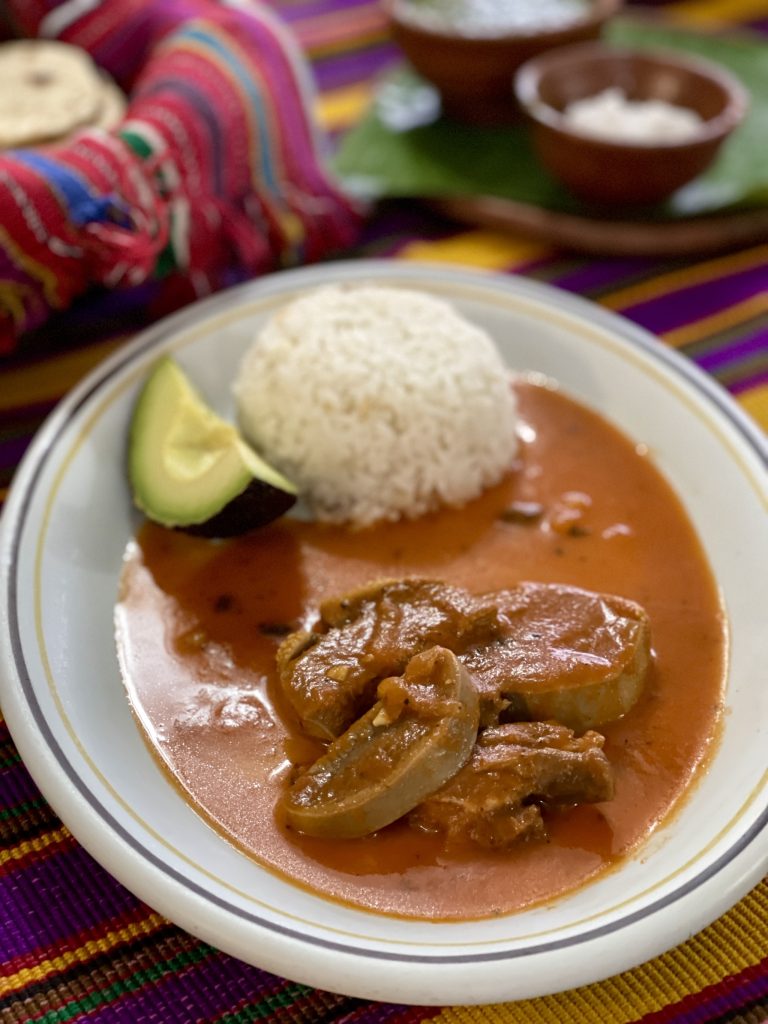This post is also available in: Español
This delicious recipe for the traditional Pinol de Gallina from Guatemala includes easy-to-follow step-by-step instructions. Pinol de Gallina (or hen Pinol) is a beloved Guatemalan dish that holds a special place in my heart and brings back cherished memories of my cultural heritage. This comforting chicken stew has been a go-to comfort food for me, especially when I’m feeling nostalgic about my country and craving the flavors of Guatemalan cuisine.
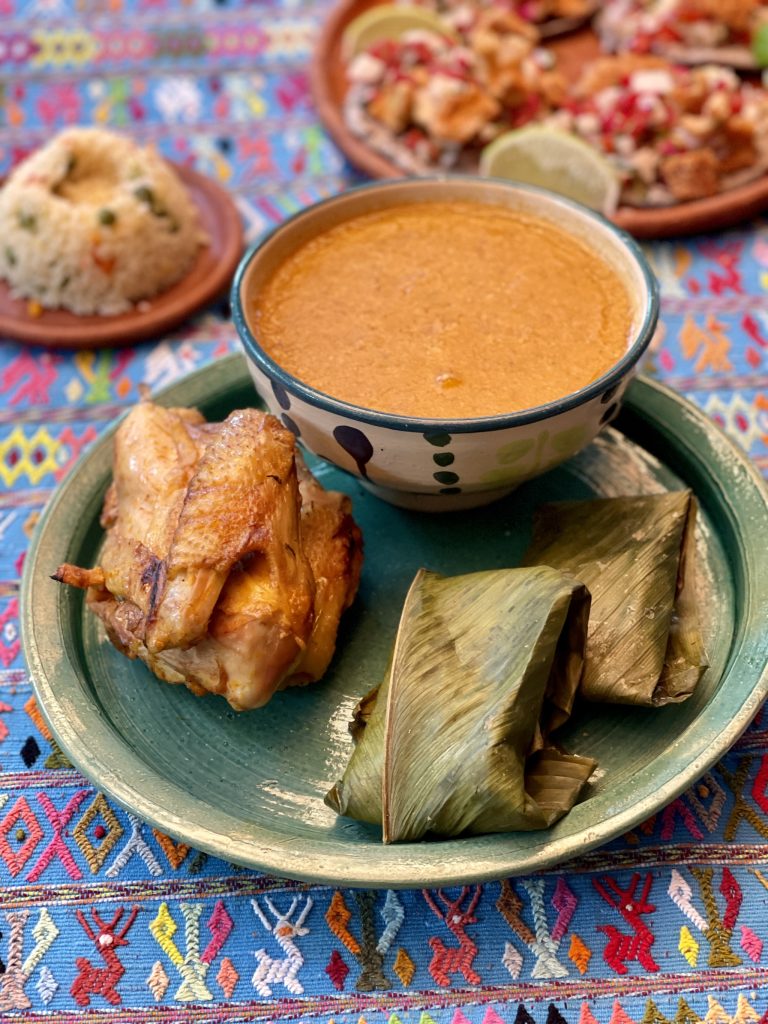
Pinol de Gallina is one of the quintessential Guatemalan recipes, deeply rooted in our culinary traditions. Traditionally made with free-range hen, or gallina de patio as it is called in spanish. However you can make this stew with chicken instead of hen, free-range chicken is always best! This flavorful chicken stew combines tender chicken meat with a blend of aromatic spices and the star ingredient: toasted corn. The toasted corn gives this Guatemalan dish a unique smoky aroma and adds a delightful crunch to each bite, infusing the dish with a distinct flavor that sets it apart from other Guatemalan stews.
Guatemalan Comfort Food: Pinol Chicken Stew
Cooking Pinol de Gallina at home always feels like I’m taking a trip back to my Guatemalan roots. memories of family gatherings and shared meals flood my mind. The process of toasting the corn to perfection creates an aroma that instantly transports me back to the streets of Guatemala, where the tantalizing scents of traditional dishes fill the air.
This i s one of those dishes that brings my family together, evokes a sense of warmth and comfort, and celebrates the vibrant flavors of my beloved country. With each spoonful of this flavorful chicken stew, I am reminded of the love and passion that goes into every Guatemalan traditional recipe, and I’m doing my best to help in preserving our culinary traditions for generations to come.
This traditional stew holds a special place in my heart. It is one of my go-to comfort foods when I’m feeling nostalgic about my country. This is a dish that not only satisfies my taste buds but also connects me to my cultural identity.
What is Pinol?
Pinol also known as pinole is a pre-Hispanic food that holds a significant place in Guatemalan and many other Latin American country’s culinary history. It is a flour made from toasted and ground corn. The process of toasting the corn brings out its natural flavors and adds a delightful crunch to the resulting flour. Pinol flour is versatile and used in various traditional dishes across Guatemala including refresco de pinol, atol de pinol and pinol soups and stews like this hen pinol stew.
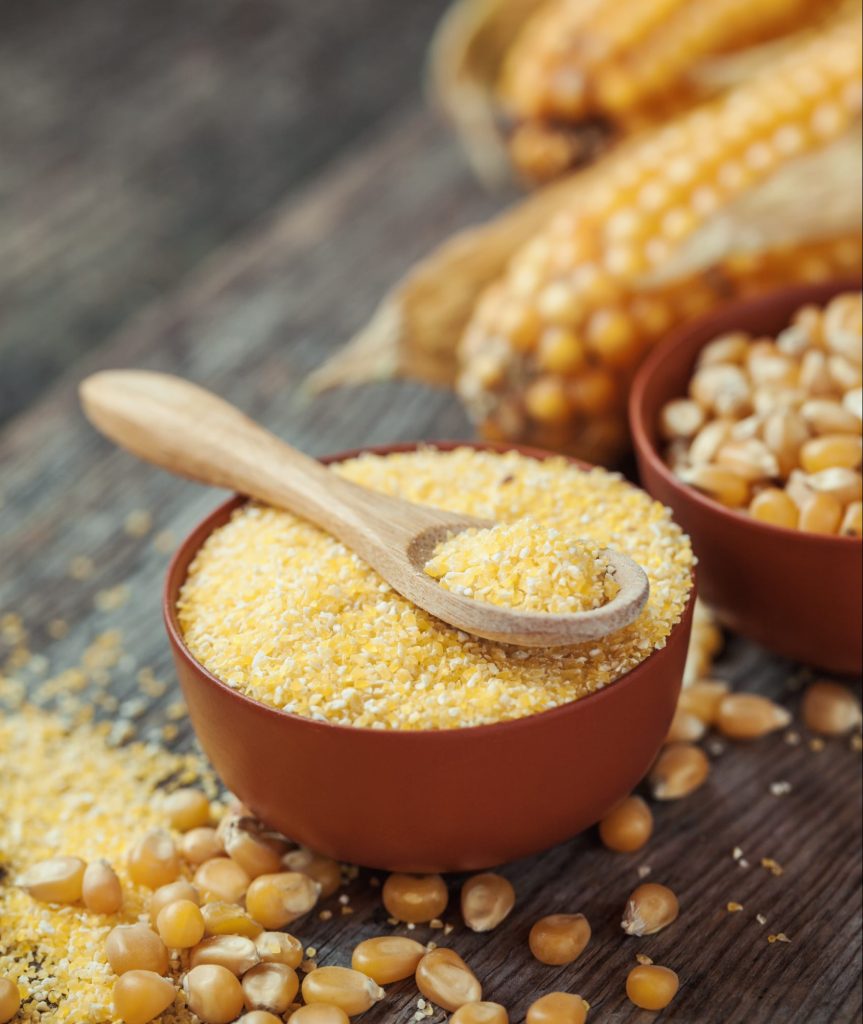
In Guatemala pinol refers to three different pre-Hispanic dishes: a stew, a thick porridge called atol, and a refreshing drink. All three share a common foundation of toasted and ground corn, but the specific preparation method determines the dish’s final character. Pinol stew has a rich and hearty consistency, resembling a satisfying porridge. It originated from the Kaqchikel people and has since spread to various regions, each introducing their own regional variations, using different meats or additional ingredients.
Pinol de Gallina, is a savory chicken stew. It incorporates the distinct flavors of the ground toasted corn which serves as a foundation, thickening the stew and infusing it with a delightful corn essence.
The Origins of Guatemalan Pinol
The term “pinol” is believed to have its roots in the Pipiles, who may have contributed the words “pinolli” and “pinol,” meaning “flour,” and “á” or “ja’,” meaning “water.” This reflects the essence of the dish, as it combines flour and water to create a unique composition.
Different regions in Guatemala have their own spin on pinol stew, incorporating diverse ingredients and meats. One of the simplest and most primitive versions is the pinol de chunto, made with turkey, from Huehuetenango. In San Pedro Sacatepequez, beef is used, while the Kaqchikel community in San José Nacahuil prepares it specifically with beef shoulder.
Pinol de gallina, made with free-range hen, is particularly to certain regions includingin Panajachel on the shores of Lake Atitlán. In Patzún the pinol de gallina is sanctified and served during Catholic festivities on Corpus Christi. In the village of Lo de Bran near Guatemala City, pinol de gallina holds ceremonial significance and is served as part of the Baile de los Toritos ritual on the day of the Catholic Church’s Ascension of the Lord celebration. In this version, the cooked hen is grilled or roasted before being served alongside the soupy stew. The recipe I’m sharing likely originates from Lo De Bran’s preparation style, as the roasted hen is served separately. Growing up in Guatemala City, close to this village in Mixco, it makes sense that my family prepares this variation.

The Cultural Significance of Guatemalan Pinol
Pinol is a cultural treasure in Guatemala, and it has recently been declared an Intangible Cultural Heritage of the Nation by the Ministry of Culture and Sports. This dish is a true representation of the Kaqchikel and Achí linguistic community, found in the central, southwestern, and northwestern regions of the country. It’s not just a meal; it’s a culinary and cultural expression that is deeply ingrained in our national gastronomy. In many regions pinol is a traditional ceremonial food, closely tied to formalities and socially inclusive customs, many of them with a magical or religious aspect.
What Are the Ingredients for Guatemalan Pinol de Gallina
The secret to the distinct flavor of Chicken Pinol lies in its base ingredient: yellow corn. This corn, toasted to perfection on a comal (griddle), imparts a rich, smoky aroma and adds a delightful crunch to the dish.
Once the corn has been toasted, it is ground into a coarse flour, ensuring that it retains its unique texture. This corn flour, known as pinol, forms the foundation of Pinol de Gallina. The corn combined with aromatic spices, this mixture delivers a unique and delicious flavor.
Pinol is commonly served with chicken and various types of meats, enhancing their taste and making them even more enjoyable. While different regions in Guatemala may have its own variation of Pinol, corn remains the essential component across all recipes.
It’s fascinating to see how this dish has been passed down through generations, preserving the flavors and techniques that connect us to our ancestors.
How Do You Make Pinol de Gallina
So, how do you prepare this delicious dish? The process is straightforward and is often passed down through generations. To prepare it, you’ll need yellow corn, which is toasted on a comal (griddle) until dry. Afterward, the corn is ground into a fine flour. This flour is then added to a chicken broth, along with tomatoes, miltomates, chili peppers, cumin, thyme, and black pepper. The mixture is cooked until it becomes a thick and hearty porridge, similar to atol. Pinol is typically enjoyed with tortillas and a piece of chicken or chompipe (turkey).
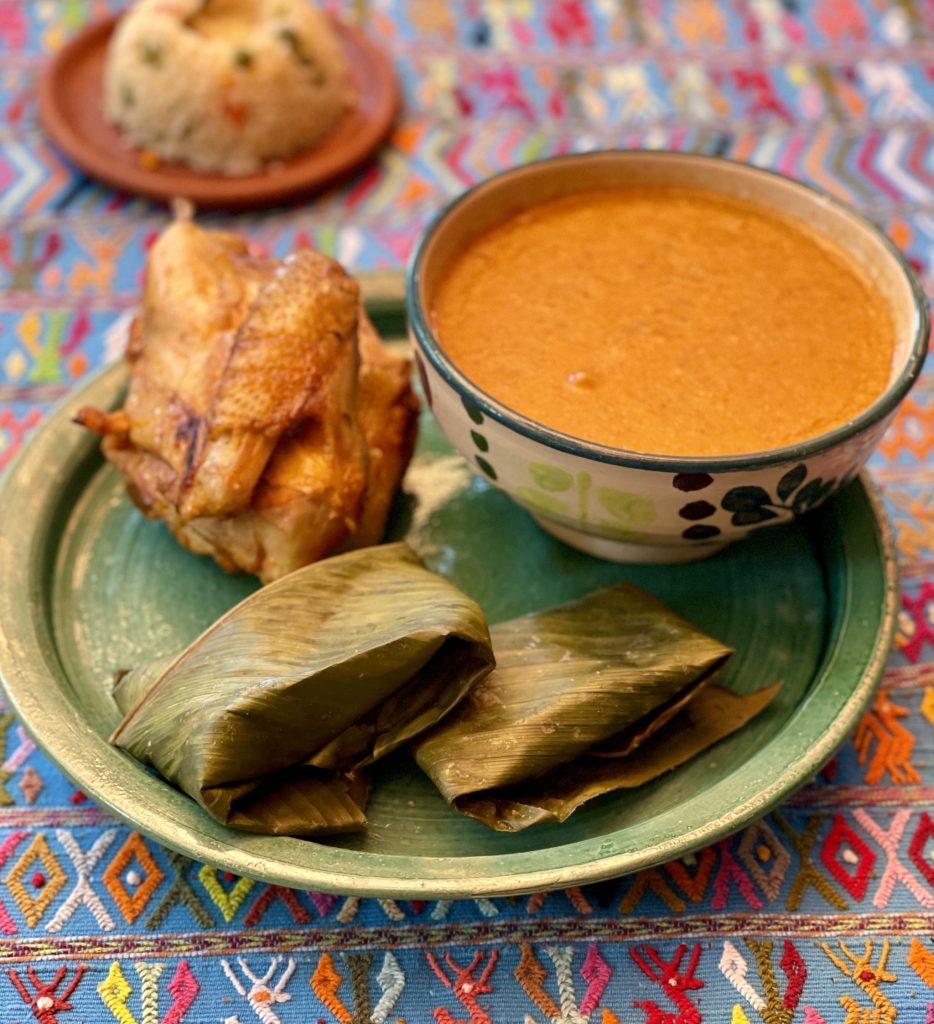
Freezing and Storing this Guatemalan Stew:
Chicken Pinol stew is a delightful dish that can be made in larger batches to enjoy over several meals. If you find yourself with leftovers or wish to make a larger portion for future consumption, you may be wondering if you can freeze this traditional Guatemalan stew. The good news is that chicken stew can indeed be frozen, allowing you to preserve its flavors for later enjoyment. By properly freezing, storing, thawing, and reheating the Pinol, you can enjoy this traditional Guatemalan stew even on busy days or when you’re craving a taste of home.
How to Freeze Guatemalan Pinol de Pollo o Gallina
To freeze this chicken stew, ensure that it has cooled completely before transferring it to airtight freezer-safe containers or resealable freezer bags. Be sure to leave some headspace to allow for expansion during freezing. Label the containers with the date and contents for easy reference.
How Long You Freeze it?
Freezing Pinol de Gallina is an excellent way to extend its shelf life and preserve its flavors for up to three months. Beyond this period, the stew may start to lose its texture and taste quality. It’s always recommended to consume frozen stews like this one within the three-month window to keep it’s flavor and texture intact.
Thawing and Reheating :
When the time comes to enjoy your frozen Pinol de Gallina, it’s essential to thaw it properly to maintain its taste and texture. The safest way to thaw this traditional dish is by transferring it from the freezer to the refrigerator. Allow the stew to thaw slowly overnight or for approximately 24 hours until completely defrosted.
Once thawed, it’s important to reheat it thoroughly before serving. Pour the thawed stew into a saucepan or pot and heat it over medium-low heat, stirring occasionally to ensure even heating. Bring the stew to a gentle simmer, allowing it to heat through until it reaches a safe internal temperature of 165°F (74°C). This ensures that any potential bacteria are destroyed, guaranteeing a safe and delicious meal.
When you reheated this traditional Guatemalan dish it may thicken slightly, so you can adjust the consistency by adding a splash of chicken broth or water if desired. Once fully reheated, serve this comforting dish with a side of warm tortillas, rice or tamalitos de elote and a glass of rosa de jamaica or agua de tamarindo.

Easy Recipe for Pinol de Gallina
This Guatemalan chicken srew is not just a meal; it’s a celebration of my Guatemalan heritage. As with most traditional or popular recipes there are many different ways to make Pinol. The chicken pinol recipe is slightly different in different regions of Guatemala and there are also variations or specific family recipes. This is the recipe that our family makes and loves, but you may have grown up with a different version so feel free make changes to this recipe to fit your favorite way to make pinol.
Ingredients for Pinol de Gallina:
- 4 pound of free range hen or free range chicken
- 2 cups of toasted corn or pinole toasted corn flour
- 2 guaque chilies
- ½ bell pepper
- 3 tomatoes
- 1 teaspoon ground cumin
- 1/4 teaspoon annatto powder for color (optional)
- Salt, to taste
Preparation:
- Begin by toasting the corn on a comal (griddle) over low heat. Take care not to burn it, as the subtle smoky flavor is what gives it its unique taste.
- Once the corn has cooled down, grind it into a coarse flour-like consistency. This will be the base for the pinol, adding a delightful texture to the dish.
- Cut the chicken meat into portions add to a pot with water and a dash of salt. Cook over medium-low heat until the chicken is tender when pierced with a fork and the juices run clear, about 45 minutes. Remove the chicken from the broth and set it aside.
- In the same pot, add the guaque chilies, bell pepper, and tomatoes. Cook them in the chicken broth until they soften.
- Preheat the oven to 450°F. Oil a large baking pan. Place the chicken in the prepared baking pan and bake 30 minutes or until the crust is browned and crisp.
- Blend the cooked vegetables into a paste. This will be the flavorful recado or sauce that infuses the pinol with its rich taste.
- Add the vegetable paste to the pot. Add the ground toasted corn, ground cumin, and achiote for color. Stir well to combine all the ingredients.
- Allow the Pinol de Gallina to simmer over low heat for about 20 minutes, allowing the flavors to meld together and the dish to achieve its signature consistency.
- Season with salt to taste, adjusting the flavors according to your preference.
- Serve the chicken next to the hot stew.
Tips for Making the Best Chicken Pinol
- Simplify the process by buying pinole toasted corn flour. If you want to skip making the pinol at home you can buy pinol or pinole flour. It is available online on Amazon.
- Adjusting the Consistency: The thickness of Pinol de Gallina can be adjusted to your preference. If you prefer a thicker consistency, simmer the stew uncovered for a longer period, allowing some of the liquid to evaporate. If you prefer a thinner consistency, you can add a bit of broth or water.
- Serving Suggestions: Pinol de Gallina is traditionally served with a side of rice or warm tortillas. You can also garnish it with fresh cilantro and sliced avocado. A squeeze of lime juice will add some freshness and flavor.
- Make-Ahead Option: Pinol de Gallina often tastes even better the next day as the flavors have a chance to meld. Consider making it a day in advance and refrigerating it overnight. Reheat gently on the stovetop before serving, adding a splash of water or broth if needed to adjust the consistency.
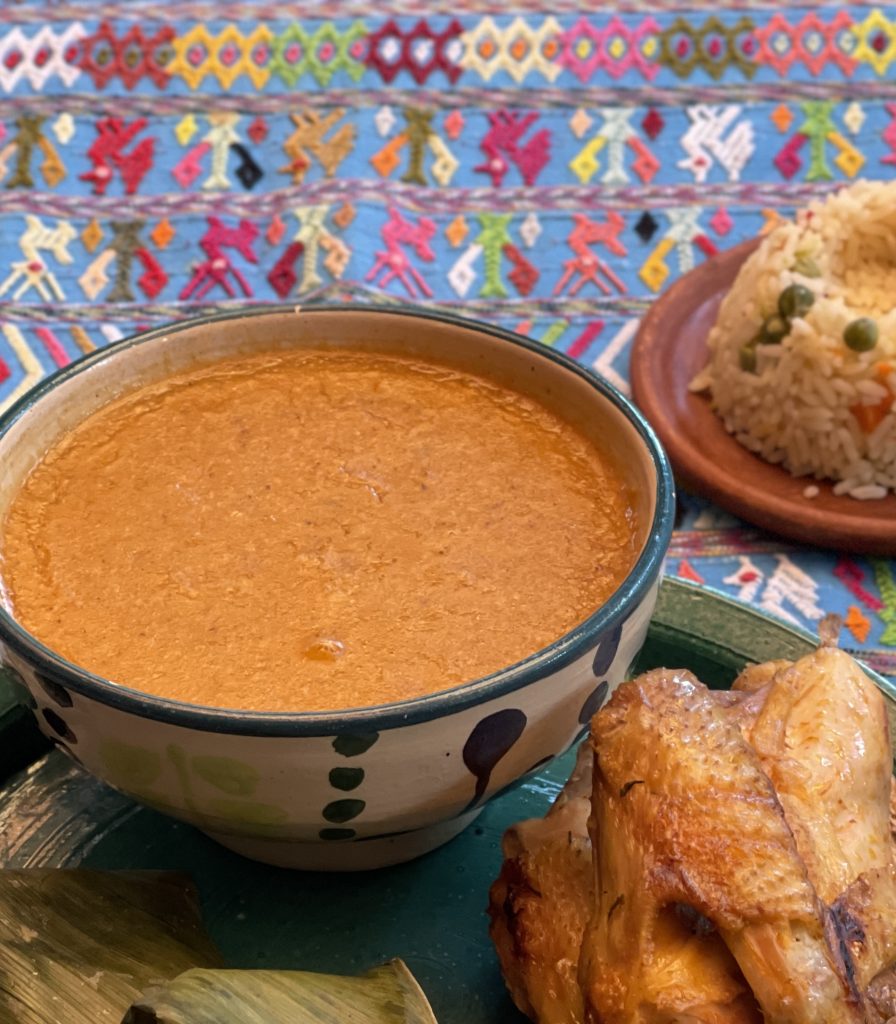
I hope this article has inspired you to explore more of Guatemalan cuisine. Food is a great way to connect with your own cultural roots. My hope is that by sharing with you my favorite Guatemalan recipes you can learn a little about my country’s gastronomy. And if for my fellow chapines I hope that this recipe for Pinol de Gallina brings back great memories.
If you made this recipe I would love to know how it came out. Please share your thoughts in the comments! I would also love to know if you have any variations on this recipe, since I know every family makes Guatemalan traditional dishes with their own personal twists.
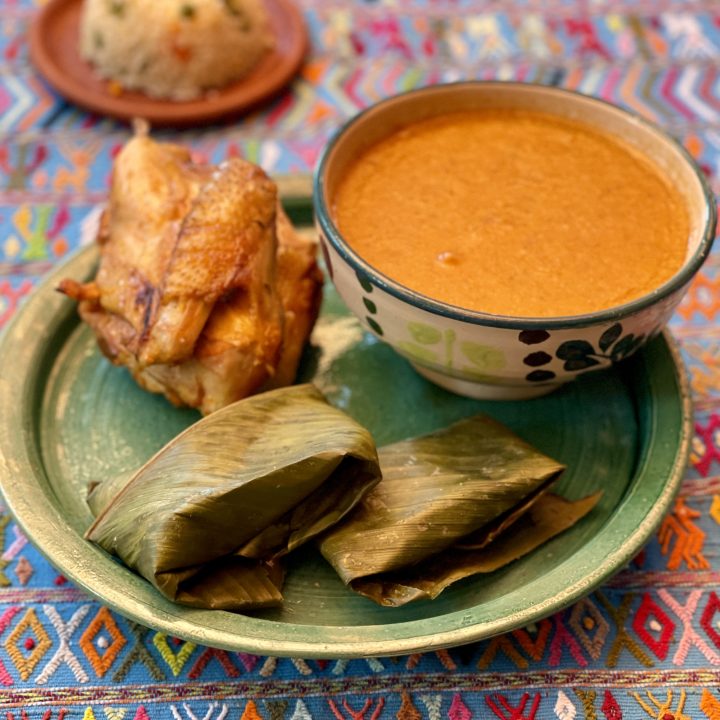
Guatemalan Pinol de Gallina
Ingredients
- 2 pounds of free range hen or free range chicken meat
- 2 cups of toasted corn or pinole toasted corn flour
- 2 guaque chilies
- ½ bell pepper
- 3 tomatoes
- 1 teaspoon ground cumin
- 1/4 teaspoon annatto powder for color (optional)
- 1/2 teaspoon salt
Instructions
- Begin by toasting the corn on a comal (griddle) over low heat. Take care not to burn it, as the subtle smoky flavor is what gives it its unique taste.
- Once the corn has cooled down, grind it into a coarse flour-like consistency. This will be the base for the pinol, adding a delightful texture to the dish.
- Cut the chicken meat into portions add to a pot with water and a dash of salt. Cook over medium-low heat until the chicken is tender when pierced with a fork and the juices run clear, about 45 minutes. Remove the chicken from the broth and set it aside.
- In the same pot, add the guaque chilies, bell pepper, and tomatoes. Cook them in the chicken broth until they soften.
- Preheat the oven to 450°F. Oil a large baking pan. Place the chicken in the prepared baking pan and bake 30 minutes or until the crust is browned and crisp.
- Blend the cooked vegetables into a paste. This will be the flavorful recado or sauce that infuses the pinol with its rich taste.
- Add the vegetable paste to the pot. Add the ground toasted corn, ground cumin, and achiote for color. Stir well to combine all the ingredients.
- Allow the Pinol de Gallina to simmer over low heat for about 20 minutes, allowing the flavors to meld together and the dish to achieve its signature consistency.
- Season with salt to taste, adjusting the flavors according to your preference.
- Serve the chicken next to the hot stew.
Nutrition Information:
Yield: 4 Serving Size: 1Amount Per Serving: Calories: 424Total Fat: 11gSaturated Fat: 3gTrans Fat: 0gUnsaturated Fat: 7gCholesterol: 101mgSodium: 371mgCarbohydrates: 45gFiber: 6gSugar: 8gProtein: 39g
Other Traditional Guatemalan Recipes
Kak’ik: A Comforting Guatemalan Turkey Soup:
Get ready to fall in love with Kak’ik, a traditional Guatemalan soup that’ll surely warm your heart and soul! This Guatemalan dish is packed with flavor and nutritious ingredients, with its juicy turkey, warming spices, and fresh veggies. This Mayan dish is the perfect comfort food for those chilly nights or family gatherings, and it’s sure to become a staple in your Guatemalan recipe collection.
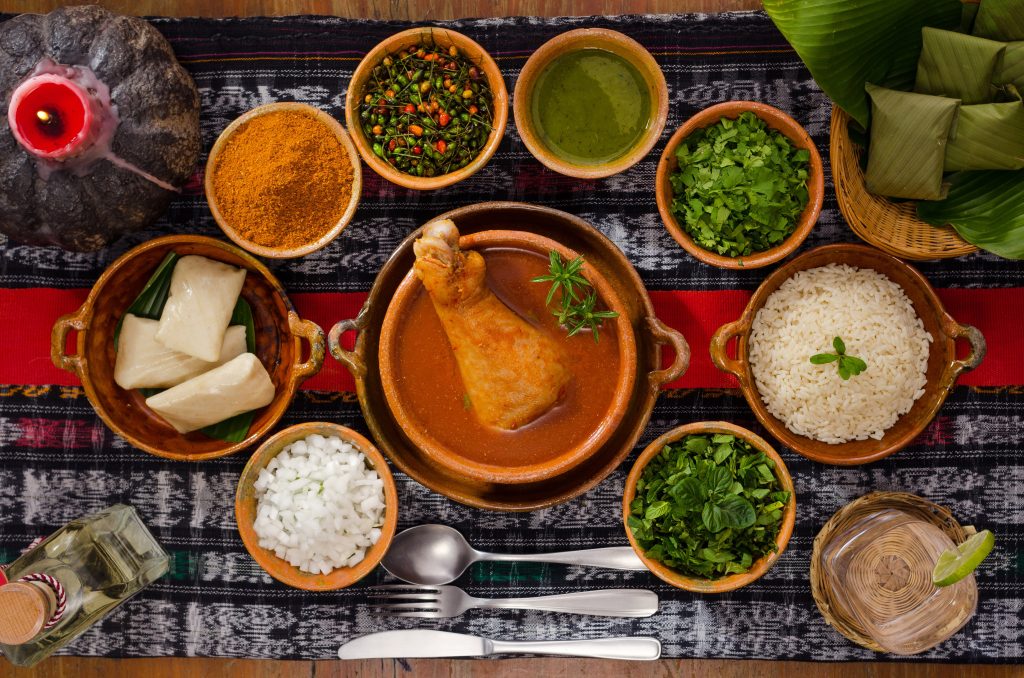
Subanik Recipe: A Delicious Stew From Guatemala:
For a comforting and flavorful Guatemalan meal, try Subanik. This hearty dish is made with a mixture of three types of meat. And a rich sauce featuring a tomato base and various chili peppers, making it a perfect option for a chilly day.
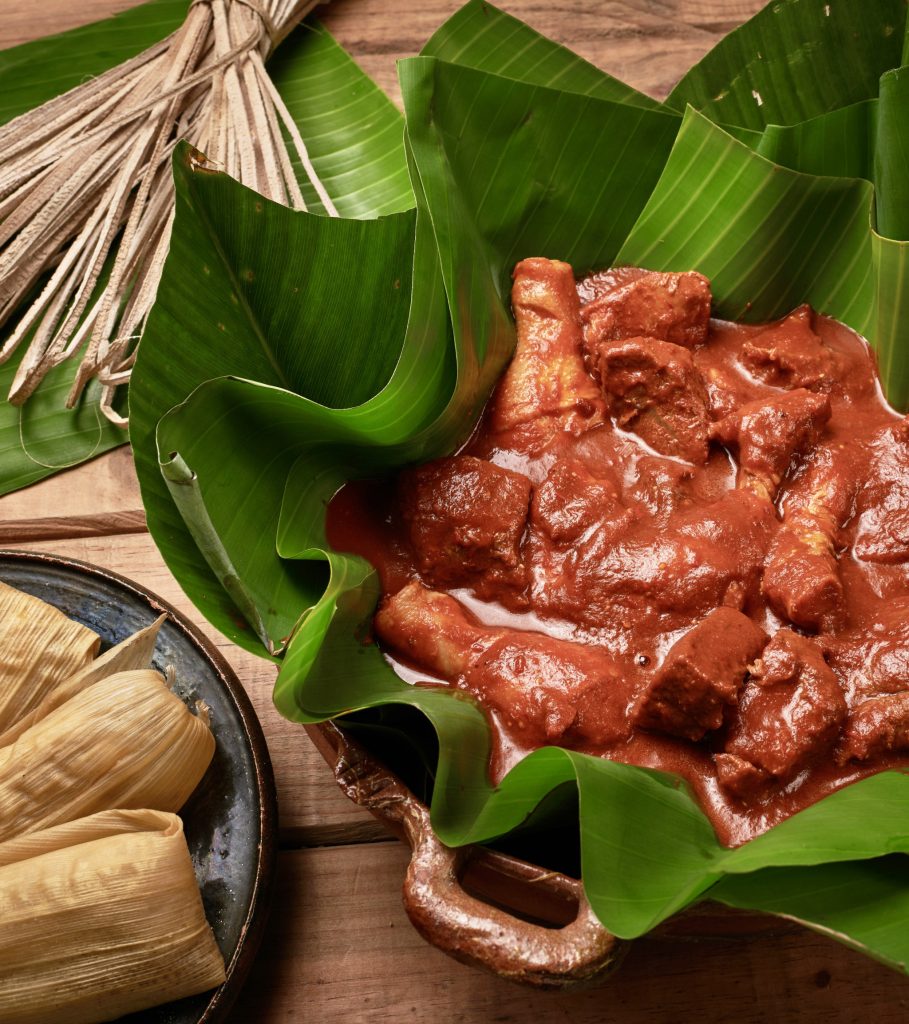
Tamales Colorados:
Based on my grandmother’s recipe, these Guatemalan tamales are made with corn masa and filled with either chicken or pork. I’ve perfected the recipe with some personal touches and included easy step-by-step instructions to enjoy them at home.

Guatemalan Pepián De Pollo:
Pepián is a flavorful Guatemalan chicken stew that’s bursting with roasted spices. It can be made with chicken, beef, or pork and simmered in a rich tomato-based sauce infused with toasted seeds and peppers.

Beef Tongue in Tomato Sauce (Lengua en Salsa Roja)
Lengua in Salsa Roja is a traditional Guatemalan dish. This Guatemalan recipe for lengua en salsa roja uses beef tongue cooked slowly in a rich tomato sauce, showcasing the depth of Guatemala’s food traditions. This beef tongue recipe combines the soft texture of this meat with the rich and flavors of the tomato sauce, making it one of my favorite Guatemalan recipes.
